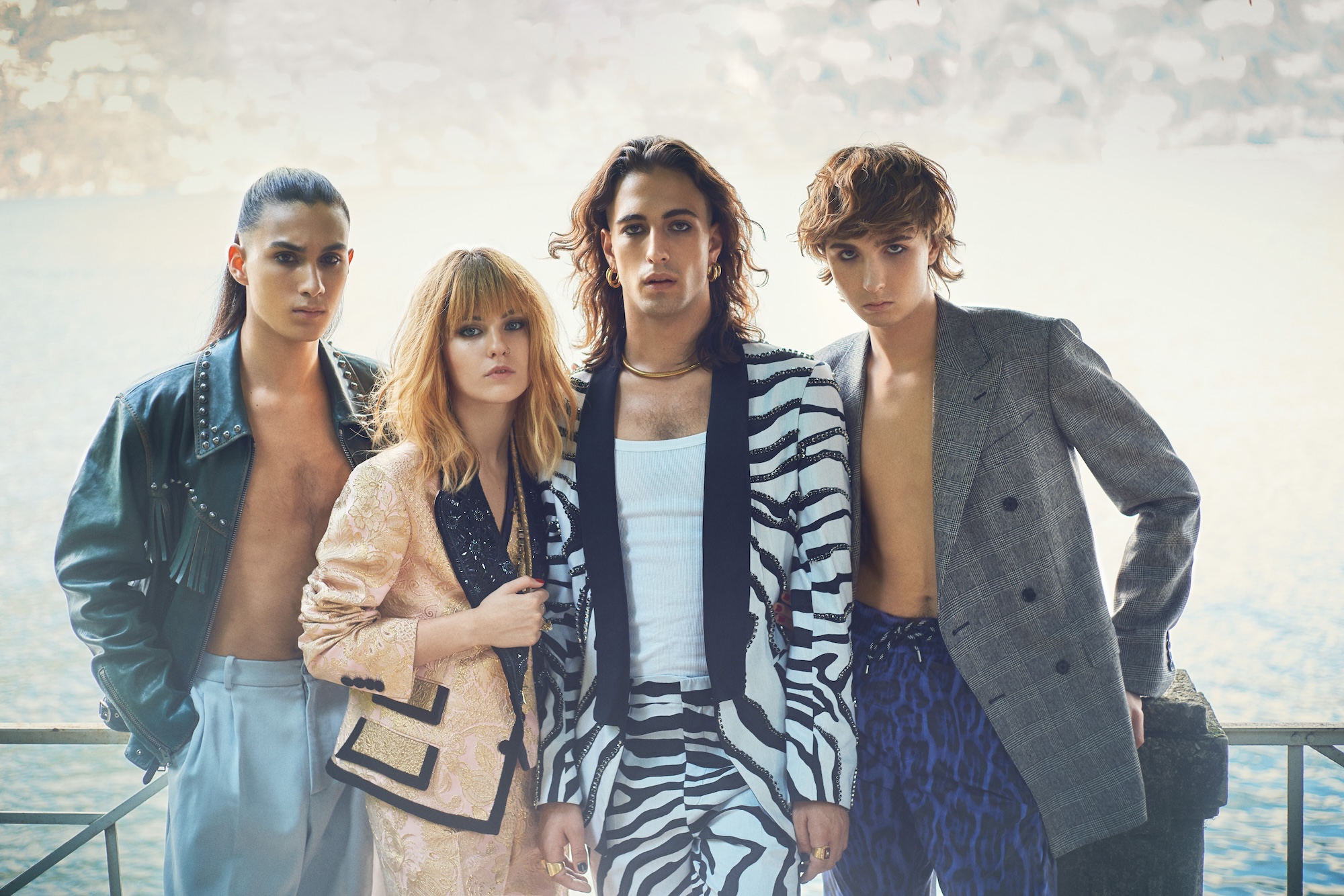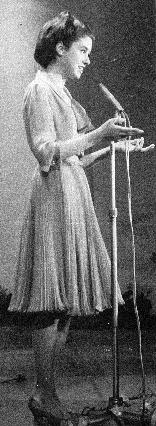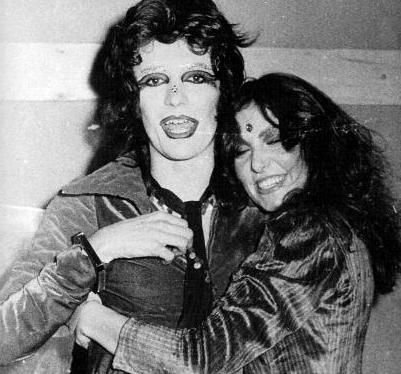Italian Pop Music: A Brief Overview
La canzone italiana

Il canto (singing) and la canzone (song) are the quintessential elements of Italian music, which has always had melody, lyricism, and the human voice at its core. Singing and making music are part of sterotypical images of Italians, and we did nothing to break away from that cliché, as testified by Toto Cutugno's famous 1983 song, L'italiano:
Lasciatemi cantare - Let me sing
Con la chitarra in mano - With a guitar in my hand
Lasciatemi cantare - Let me sing
Sono un italiano - I am an Italian
Even if Italian music eventually embraced punk rock, heavy metal, rap, trap, and other global genres and styles, ravishing, emotional, memorable, singable melodies are still its hallmark. Young singers and bands that have become global hits after winning the Sanremo festival and Eurovision have not yet reached, nor perhaps will ever reach, the hearts of international audiences in the way that singers like Laura Pausini, Eros Ramazzotti, Mina, Adriano Celentano, and of course operatic pop stars like Andrea Bocelli and Il Volo have done.
From Nilla Pizzi to Måneskin: Sanremo

Sanremo has consistently been a reflection of contemporary musical trends and tastes, offering a unique blend of competition, showmanship, and cultural showcase that resonates with audiences worldwide. (Manuel Marino)
Sanremo, the city of flowers, a small town in Liguria, has been the most important launchpad for Italian artists since 1951. Old glories and new talents have trod the stage of Sanremo's Ariston theatre, often more than once, reaching audiences all over Italy and abroad thanks to national broadcasting company RAI.
On 29 January 1951 there are only three singers in the contest, with twenty songs broadcast on the radio: Nilla Pizzi wins with Grazie dei fiori, which soon becomes a timeless classic. The following year there are 380 songs to be selected, and Nilla Pizzi trimuphs again with Vola colomba. The Festival is first broadcasted on TV in 1955, and in 1958 it crosses Italian borders for the first time: Domenico Modugno and Johnny Dorelli's duet literally tours the world with Nel blu dipinto di blu.

In 1960, Mina debuts at Sanremo. La tigre di Cremona will only sing at the Festival twice. In 1961, between melodic singers and so-called screamers (urlatori), Adriano Celentano's rock breaks through with 24mila baci. Singer-songwriters such as Gino Paoli and Giorgio Gaber also make their debut. In 1964 Gigliola Cinquetti, a 16-year-old from Verona, wins with Non ho l'età, which also triumphs at Eurovision. In 1969 Bobby Solo and Iva Zanicchi win the Festival with Zingara, but the big hit is Lucio Battisti's Un'avventura.
In the early 1970s the Festival is watched by almost one Italian in two. People start talking about politics: in 1970 the winner is Chi non lavora non fa l'amore, where Adriano Celentano and Claudia Mori hint at the strikes that are paralysing the country. In 1971 the song of the year is 4 marzo 1943 by Lucio Dalla. Paolo Conte participates to the Festival as songwriter.

In the 1980s artists such as Vasco Rossi, Zucchero, Eros Ramazzotti and Mango make their debuts, and historic pieces arrive at Sanremo: Su di noi by Pupo, Contessa by Decibel and Gelosia by Bobby Solo, Maledetta primavera by Loretta Goggi, Sarà perché ti amo by Ricchi e Poveri. In 1983 the podium is all female with Tiziana Rivale, Donatella Milani and Dori Ghezzi, but the success of the year is Toto Cutugno's L'italiano. Also competing that year is Vasco Rossi with Vita spericolata. The first winner of the Nuove Proposte category is Eros Ramazzotti with Terra promessa in 1984. In 1987 Gianni Morandi, Enrico Ruggeri and Umberto Tozzi win with Si può dare di più, the anthem of the Italian Singers' Soccer Team that has become one of the most popular songs in Italian pop music. Among cult pieces is also Perdere l'amore by Massimo Ranieri.

The 1990s are the years of great international guests, from Rod Stewart to Depeche Mode, from Tina Turner to Liza Minelli and Ray Charles. Madonna sings at the Festival twice, in 1995 and 1998. Riccardo Cocciante (Se stiamo insieme), Renato Zero (Spalle al muro) and Mia Martini (Gli uomini non cambiano) sing at Sanremo, and among the youngsters, Laura Pausini makes her debut with the hit La solitudine. In 1997 there are Anna Oxa with Storie and Massimo Ranieri with Ti parlerò d'amore, Loredana Berté with Luna and Patty Pravo with E dimmi che non vuoi morire. The young band Jalisse wins with Fiumi di parole.
In the last twenty years the Internet, social networking and new ways of enjoying music come into play. On stage are new singer-songwriters such as Max Gazzè, Daniele Silvestri and Samuele Bersani, new performers with impressive voices such as Giorgia, Negramaro and Elisa, and finally the wave of talent show contestants, such as Måneskin, who like Gigliola Cinquetti double up by bringing the Eurovision trophy to Italy.
Basic Glossary
cantante: singer; present participle of cantare, to sing.
cantautore: singer-songwriter; a combination of cantante and autore.
canzone: song, tune.
canzone d'autore: music that is meant to be thought-provoking, dealing with social, political or existential issues, often with masterfully written poetic lyrics.
interprete: singer, someone who performs music written by others.
melodia: melody, the quintessential element of Italian song.
musica leggera: literally, light music; music whose only purpose is entertainment. It usually deals with love and other lightweight themes.
tormentone: ear worm, catchy music; often said of summer hits: il tormentone dell'estate.
Playlists on Spotify
Old Glories
Between folk and pop: oldies but goodies up to 1960
Big Hits
The most popular Italian hits from the 1960's to the 1990's
New Talents
New voices and styles from 2000 to today
Allegro, fortissimo, dolce: Italian is the language of music, from the markings found in sheet music to the great operas of the 19th century, to contemporary ballades. Here we provide an overview of classical music in Italy, with an explanation of music-related key words used all over the world.
In our videos Learn Italian with Opera we analyse and explain beloved arias from the most popular works of the genre, to help opera enthusiasts to understand and better appreciate this amazing combination of language & music.
Italian for Musicians is a series of 3 videos, freely available on YouTube and on this Website, where we provide a glossary of Italian music terminology with English translation and examples. A little book with many additional terms and explanations is available on Amazon.
